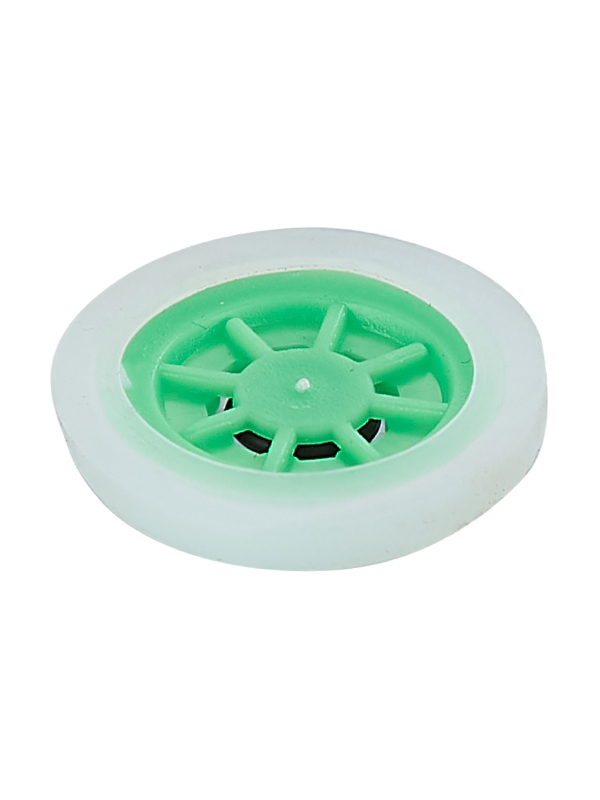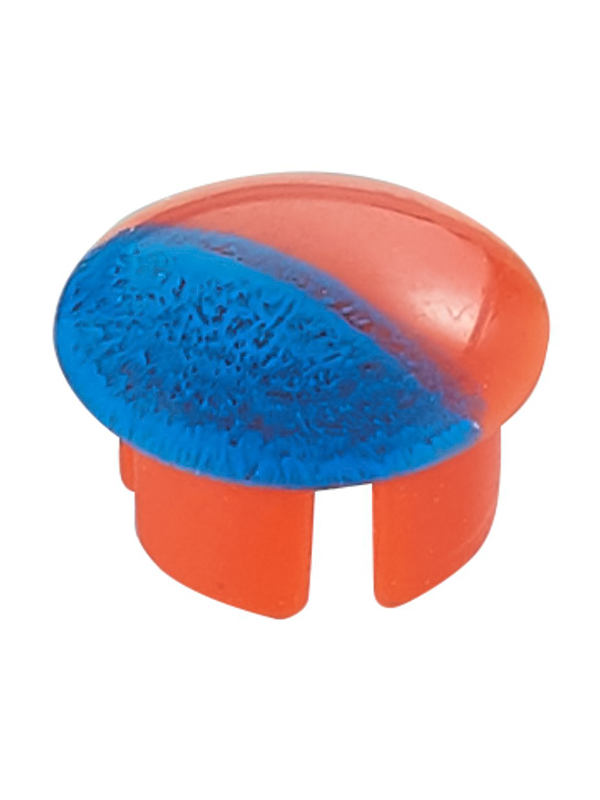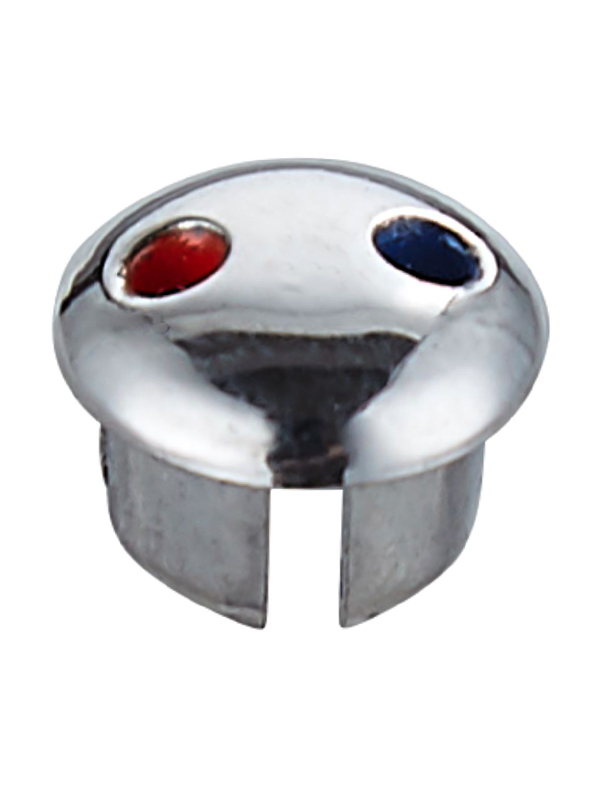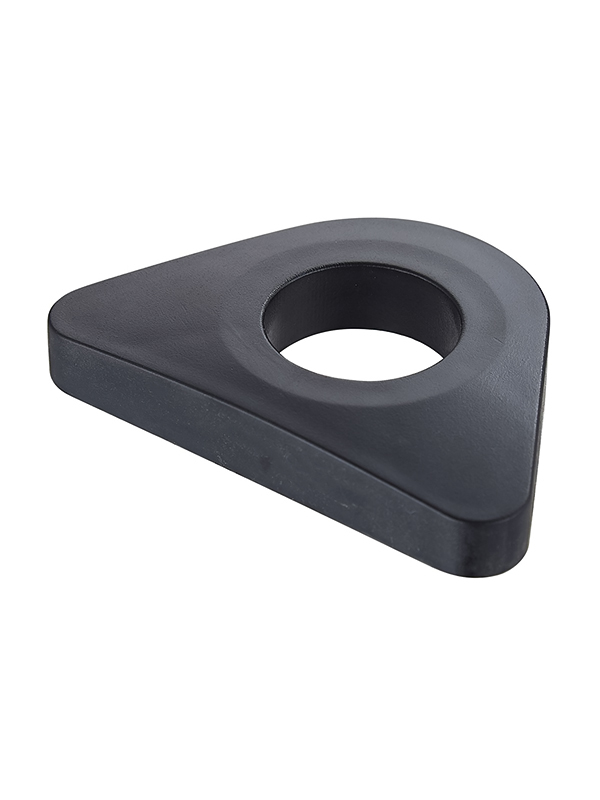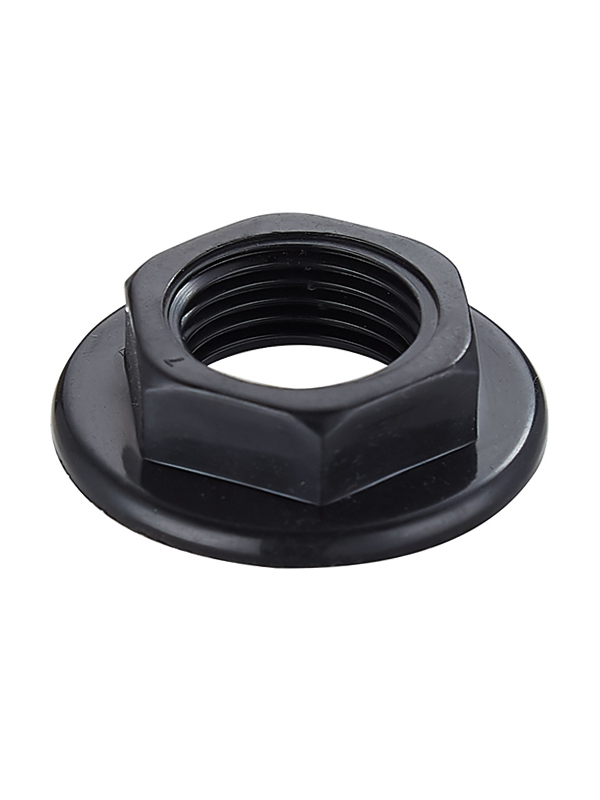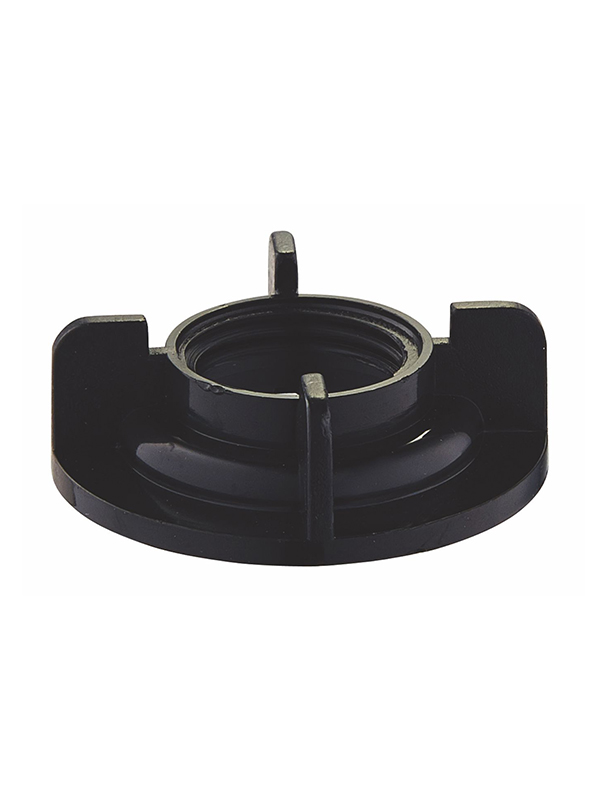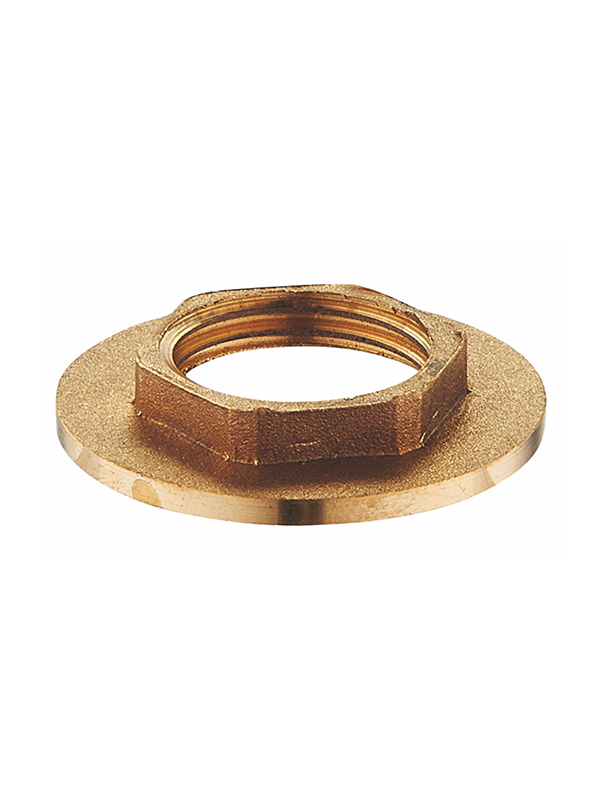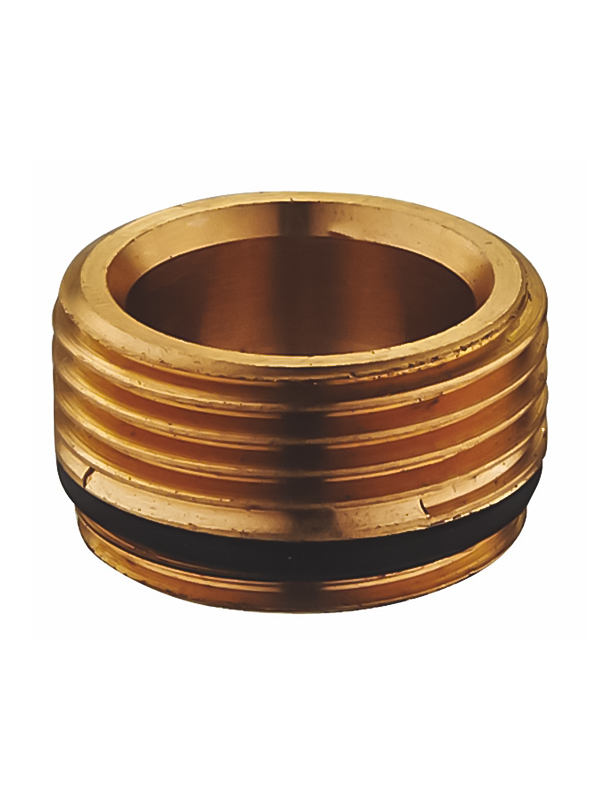In the realm of interior design and home improvement, the basin faucet continues to hold a position of significant importance, serving as both a critical functional fixture and a central stylistic statement in any bathroom. Far more than just a simple water dispenser, the modern basin faucet combines engineering with aesthetics, influencing the daily routine of users and defining the overall ambiance of the personal care space. The evolution of this essential fixture reflects broader trends in technology, design preferences, and a growing emphasis on water conservation and user convenience.
The primary function of any basin faucet is to provide controlled access to hot and cold water for washing and grooming. However, the manner in which this function is delivered has seen considerable innovation. The internal mechanics of a basin faucet, typically utilizing cartridge or ceramic disc valves, are engineered for smooth operation and long-term reliability, effectively small drips and leaks. The design of the spout is equally considered, aiming to create a consistent, splash-free water stream that enhances the user experience. A well-designed basin faucet makes simple tasks more pleasant and efficient, proving that thoughtful engineering can have a noticeable impact on everyday life.
From a design perspective, the basin faucet acts as a focal point in the bathroom. Its style, finish, and shape can complement or define the entire décor of the room. Manufacturers offer a vast array of options, from classic cross-handle designs with a vintage appeal to sleek, single-lever models that project a contemporary smallist look. The choice of finish—be it chrome, brushed nickel, matte black, or oil-rubbed bronze—allows homeowners to coordinate the basin faucet with other hardware and accessories, creating a cohesive and intentional design scheme. This transformative power makes the selection of a basin faucet a key decision in any bathroom renovation or new construction project.
In recent years, technological integration has begun to influence the basin faucet market. Touchless, or sensor-operated, basin faucets are gaining traction, particularly in public restrooms and increasingly in residential settings. These faucets promote hygiene by reducing contact with surfaces and can contribute to water savings by ensuring the flow is active only when needed. Other advancements include built-in water filtration systems for specific basin faucet models, providing purified water directly at the point of use. While traditional designs remain popular, these smart features represent a growing segment of the market, adding layers of convenience and functionality to the humble basin faucet.
Water efficiency remains a critical consideration in the development and selection of a basin faucet. Many regions have implemented standards that mandate low flow rates for new fixtures. Modern basin faucets are designed to meet these requirements without sacrificing performance, using aerators to mix air with water, thereby maintaining a satisfying water pressure while using less volume.
The basin faucet stands at the intersection of utility and artistry. It is a fixture that is interacted with multiple times a day, making its ergonomic design and reliable performance paramount. Its prominent visual placement makes its aesthetic appeal a key component of bathroom design. As trends evolve and new technologies emerge, the basin faucet will undoubtedly continue to adapt, but its core purpose will remain unchanged: to provide a dependable, elegant, and efficient point of water delivery that serves the fundamental needs of users while enhancing the character and comfort of their personal space.

